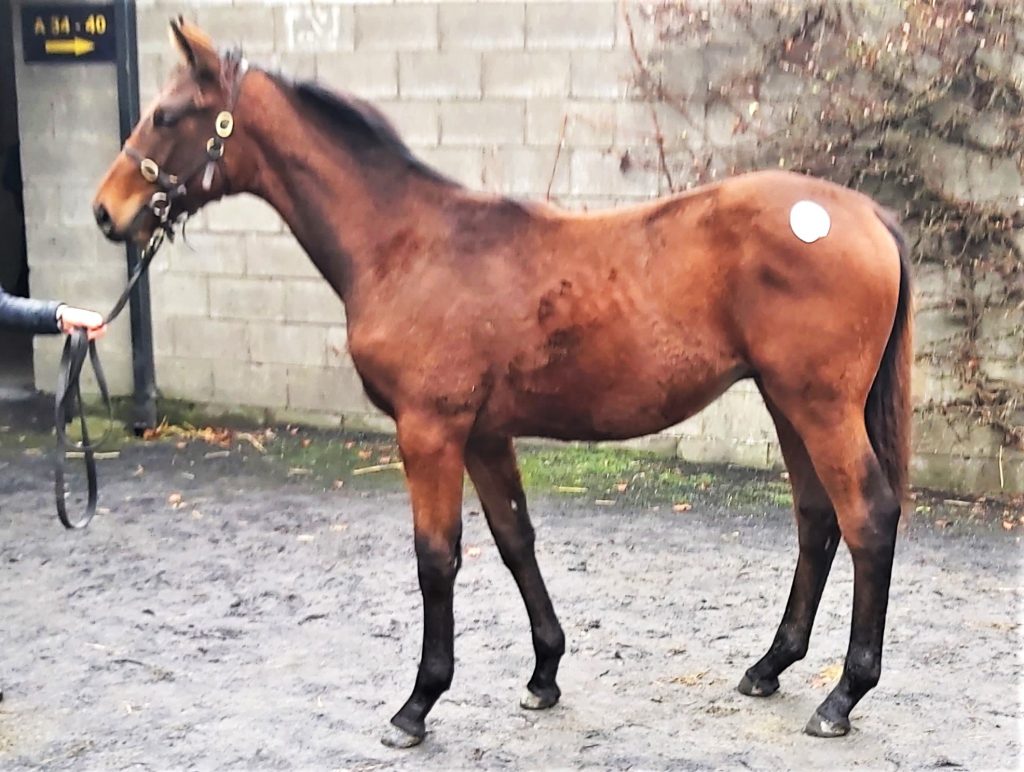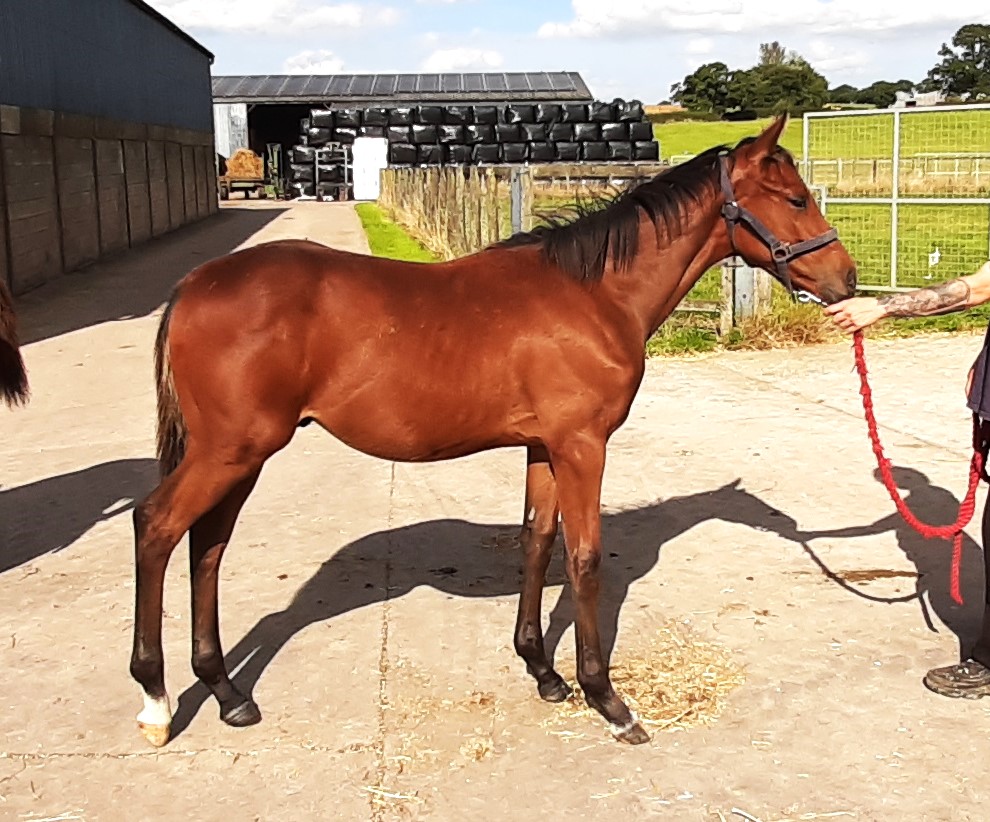

The somewhat more important disappointment, at least to me, is that she failed to live up to our high expectations of her as a racehorse, when trained by Harry Fry for a partnership involving my friend Ian Callan, racing fanatic Jon Beale, and the brothers Denny – one helpful, sensible and agreeable, the other a former vet and self-appointed expert on all matters equine.
‘Deadringer’ wasn’t forward enough to race as a 4YO in her first season in training, which surprised me somewhat as she had done plenty of pre-training. After a summer break she then finished only fourth in her first two bumpers and unplaced in the third and most competitive, showing no improvement from her first start – rather, the reverse.


Its being March by this stage, I wanted to delay sending her over hurdles to the start of the next season so she would have a full season as a novice; but the rest of the partnership were keen to follow the trainer’s advice to put her over hurdles straight away.
Accordingly, when she made her hurdles debut at Chepstow in late March I wasn’t quite as enthusiastic as I might have been. When you have a horse run for you, a part of you always wants to win; but a part of me definitely would have been satisfied with a good run for second place at Chepstow. However, Deadringer chose that day to put up the best run of the career.
After that, for reasons that escape me now (other than mindless optimism engendered in the bar after the race among three of the lessees), Deadringer was sent for a Listed race at Punchestown on a day that turned out to be memorable for us because the stable’s other runner, Unowhatimeanharry, gained an unexpected success in the Champion Stayers Hurdle and Ruby Walsh retired after winning the Gold Cup. Unfortunately, Deadranger failed to follow these fine examples, finishing last of seven behind Elfile, unable to quicken over a distance that was always likely to be too short for her.
At the start of the next season it was decided to continue over hurdles, prior to moving to fences if she proved unable to compete in good-class staying handicaps. First time out she ran at Bangor, our local course, but TBA commitments prevented my attendance. However, I was surprised when on the morning of the race the trainer called to say that the race had come rather soon for her and she wasn’t fully fit. I thought I was joking when I said I assumed he was trying to play down expectations since she had been back in training for over three months, after a fairly short summer break. It turned out I wasn’t, for she faded after the third last and finished a well-beaten fourth.
I then decided to try a change of approach and sent the mare to Richard Newland, who has a good record in improving horses from other stables. (Three of the lessees agreed, though these did not include the one that was expert in all matters equine.) We never found out if Richard could do this with Deadringer, for after only three weeks he informed me that his vet had found a suspensory ligament injury when looking at a minor infection in the foreleg.
There was no sign of lameness but it may be that the mare had been carrying this injury for some time, as witness the fairly rapid weakening at both Punchestown and Bangor, and a comment Harry Fry had previously made to me that she had stopped fairly quickly at the end of an uphill gallop. When the injury showed no signs of healing by late February of the following year, I decided to end her racing career and have her covered. By that time, I was far from displeased at her losing her novice status at Chepstow the previous year, for the race had made her a winning half-sister to a Cheltenham Gold Cup winner, rather than one outside the first three in any of her races.
I remain convinced that Deadringerforlove was potentially far better than she ever showed on the racecourse (I found it puzzling that her best races in both bumpers and hurdles were her first ones – though there were no signs of issues of temperament – whilst she never ran on the really soft ground that later proved essential to her full sister, Anythingforlove).
Her future foals will provide evidence for or against this proposition; the first one, a smashing filly by Dartmouth born in February 2021, has added to my confidence. She is presently in pre-training and will be leased to race for a syndicate. Her next foal, a 2022 colt by Postponed, was sold to Ian Ferguson, who is an excellent judge of young stock. Deadringer slipped her foal the next season; but her 2024 foal, a colt by Crystal Ocean, looks extremely promising.



Full details of Deadringerforlove’s breeding career to date can be found by clicking the ‘Broodmares‘ tab.
To read about the exploits of Deadringer’s baby sister, the second-best of La Perrotine’s progeny, click on ANYTHINGFORLOVE.
